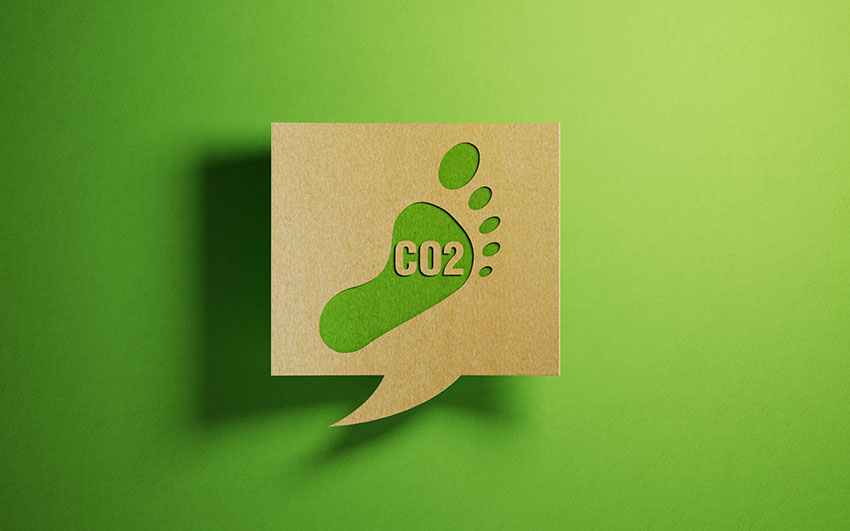Many of us may not realise that the internet and websites services, like Facebook, Netflix, YouTube etc do produce significant carbon emissions.
The Internet is in fact a greedy guzzler of electricity, consuming approximately 416.2TWh, more than the entire UK consumption. In total, the internet produces 2% of global carbon emissions. This is roughly the same as the aviation industry.
Think of it this way, every link clicked, every mobile app load, each Instagram filter added, and all Tweets sent into the Twittersphere is leaving some kind of digital (and physical) carbon footprint. This is measured at an average of 6.8 grams of CO2 per page view. This is exacerbated when you multiply this measure by traffic (peak and off-peak).
For example, if your website has 10,000 views per month, then that’s the equivalent of 816kg of CO2 per year or more than a single flight from London to Tokyo.
There is a growing concern, backed up by a large body of evidence, supporting the view that the Internet has a real environmental impact. In fact, it has been reported that by 2040 the industry surrounding the Internet, could contribute up to a staggering 14% of global emissions.
Streaming services, including Netflix, Amazon and Spotify, are extremely heavy data users; but even ordinary websites are fast becoming more data intensive.
During the Covid-19 Coronavirus outbreak these services have started degrading their videos to cut bandwidth levels, but only as a temporary measure.
Websites have grown not only in size and complexity, but how they are made has also changed. As reported by the HTTP archive, websites have grown four-fold and will continue to rise into the future. Accessible content equals more bandwidth.
Here are some astonishing stats, courtesy of InternetLive Stats (correct as of March 23rd, 10pm GMT):
- In a minute 180 million emails were sent
- 6.5 billion Google searches
- 78 million photos uploaded to Instagram
- 3.8MWh of electricity consumed to power the Internet
- 3.1 Million tonnes of CO2
What can we all do together?
Here are our top ten tips for what we can all do to offset internet carbon emissions:
- Use caching services on your website such as WPRocket for WordPress (others will be available). Content Delivery Networks (CDN) or Cookie-less domains to help deliver resources to your website without the cost of sending Cookies (those pesky Cookies!) back and forth with every request.
- Make imagery and resources the most appropriate size and compression. There’s no point in using a 3000×3000 pixel image for a tiny 300×300 pixel block!
- Avoid auto-playing videos if you embed directly from YouTube/Vimeo
- Developers and website owners could better look after their sites with clean and efficient code. Whilst also using Vector graphics and ditching those older browsers (IE8 I’m looking at you!) and using modern web fonts with up-to-date compression techniques.
- If you have downloads on your website, compress them. Save the bandwidth and your disk space by using compression tools such as GZIP to make any file, or groups of files, smaller.
- Reduce the HTTP/s connections your website makes, enable GZIP compression and add expiration headers
- Reduce the size of the documents you send via email, if not eliminate altogether. Use services like Dropbox, hosting packages to host your files and send links to them.
- Unsubscribe from newsletters you don’t read.
- Regularly delete your emails which you no longer need to keep and don’t forget to empty the trash. By having multiple devices, you are only re-downloading deleted or old messages over and over again.
- Know the name or address of the website you want to visit? Type it in rather than going through Google, or better, still use a bookmark.

 Image courtesy of Freepik
Image courtesy of Freepik